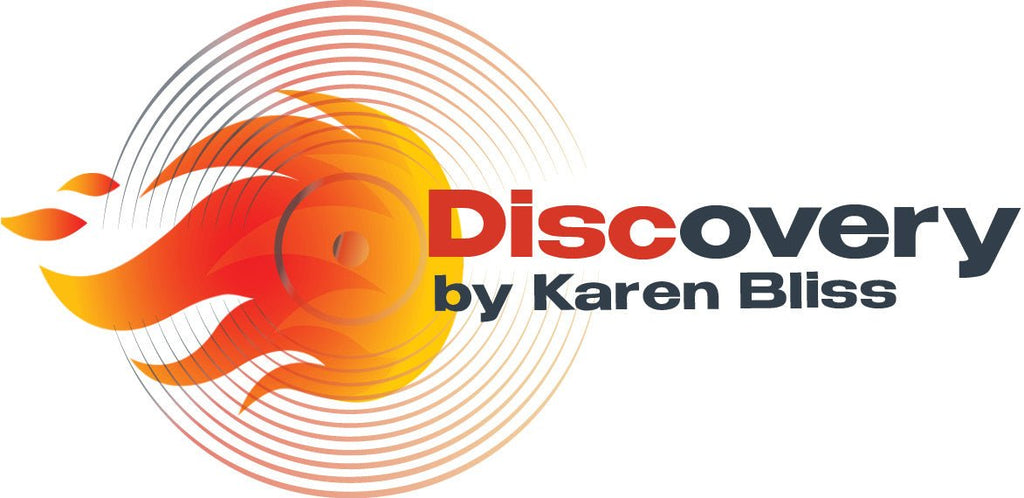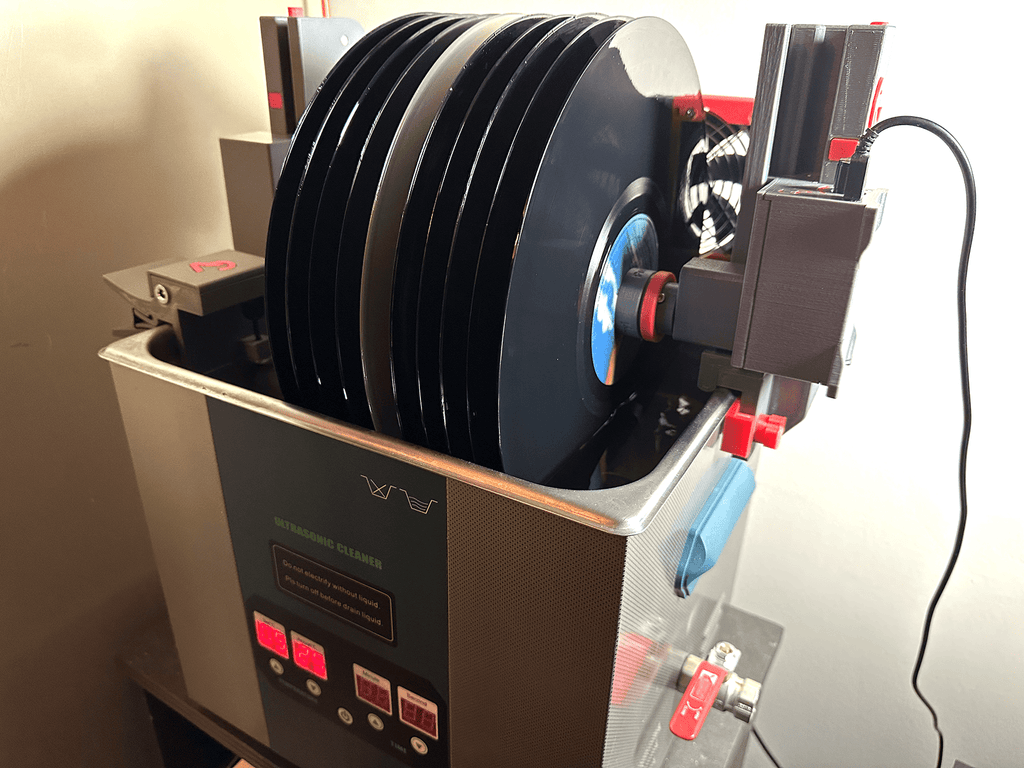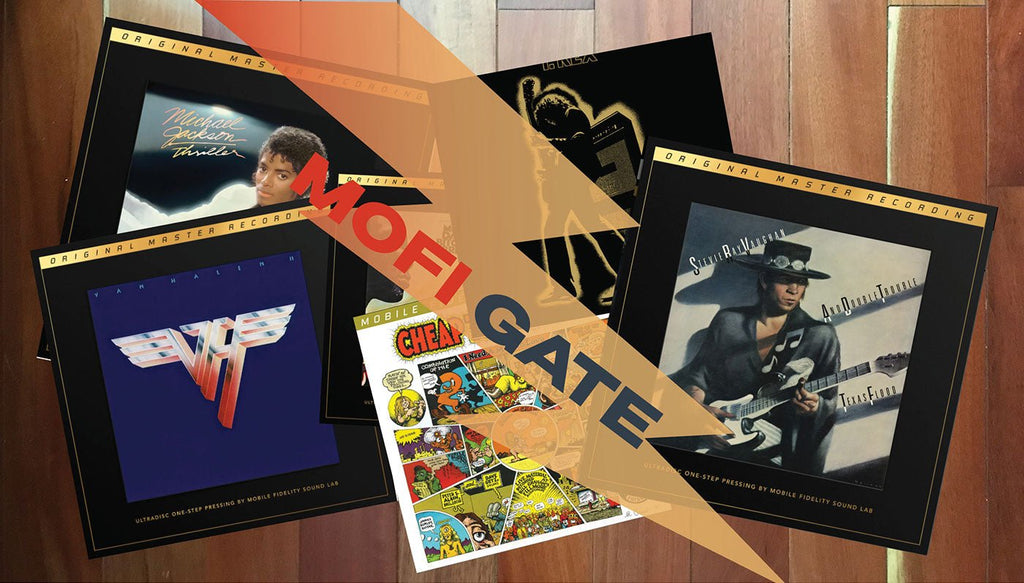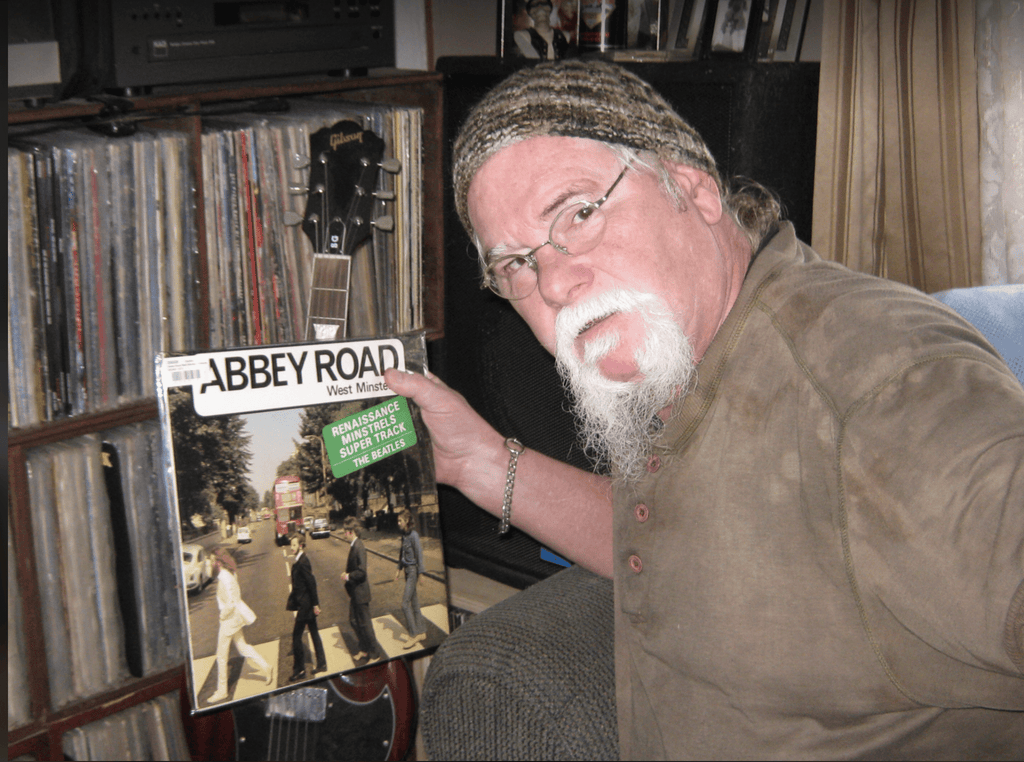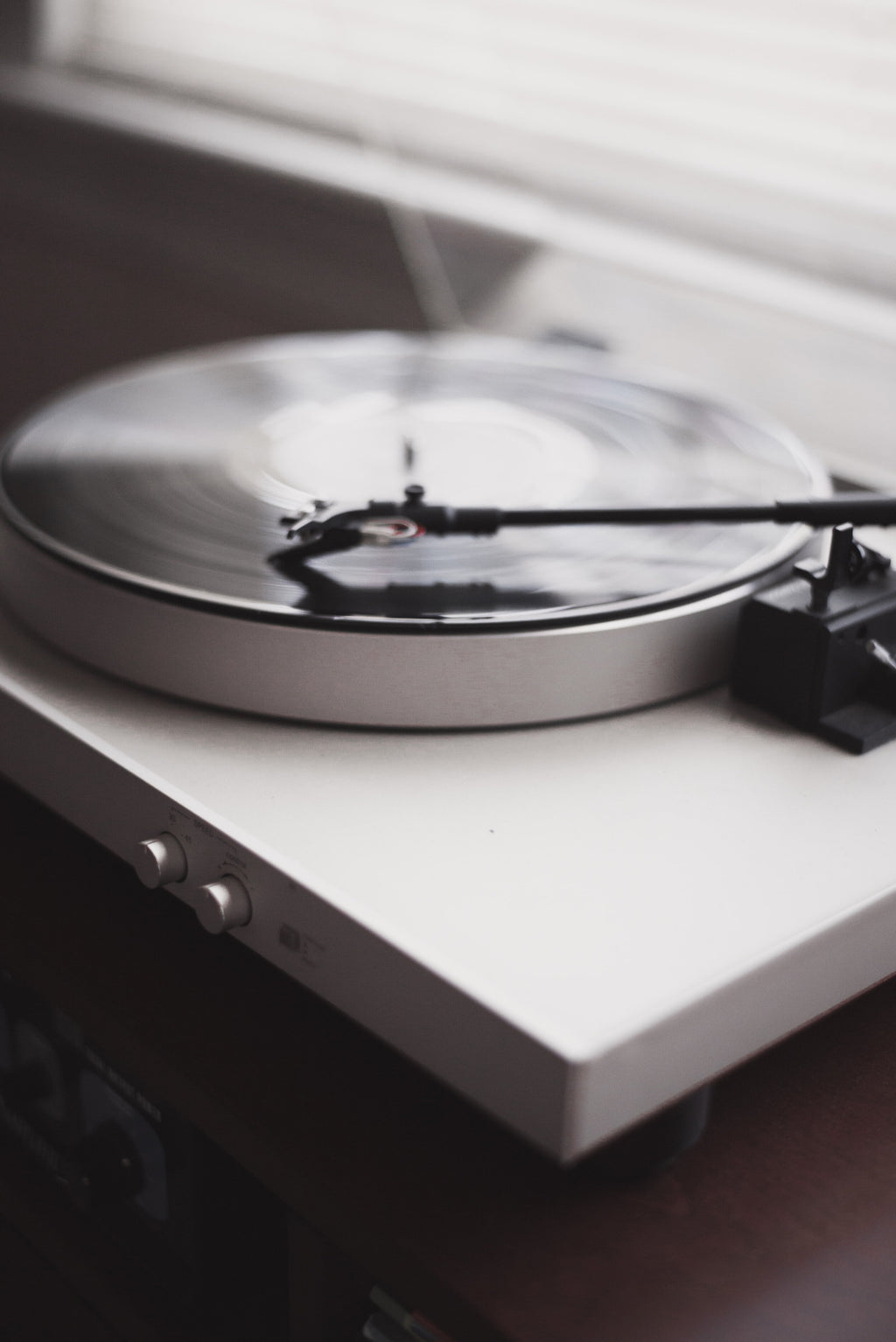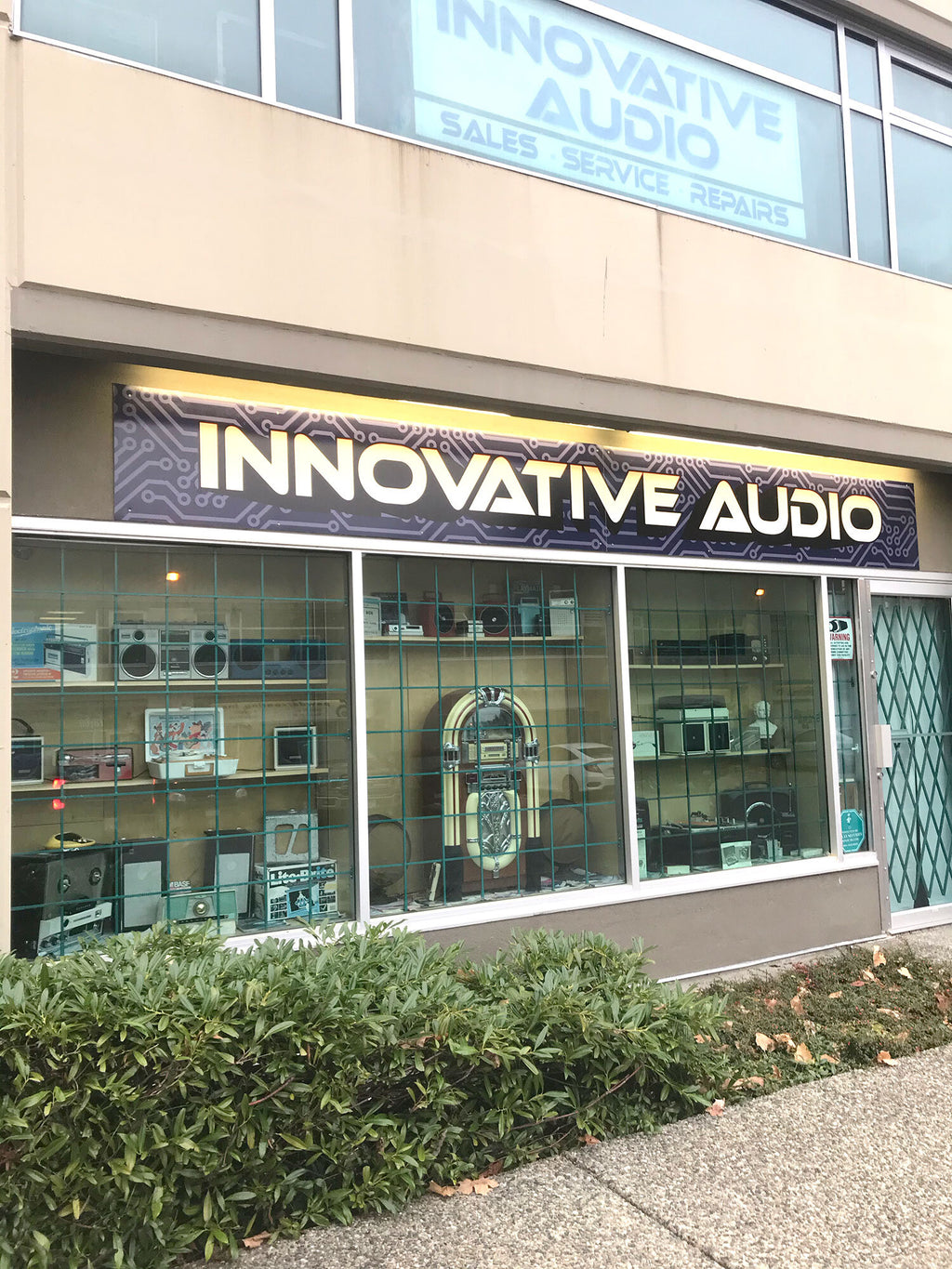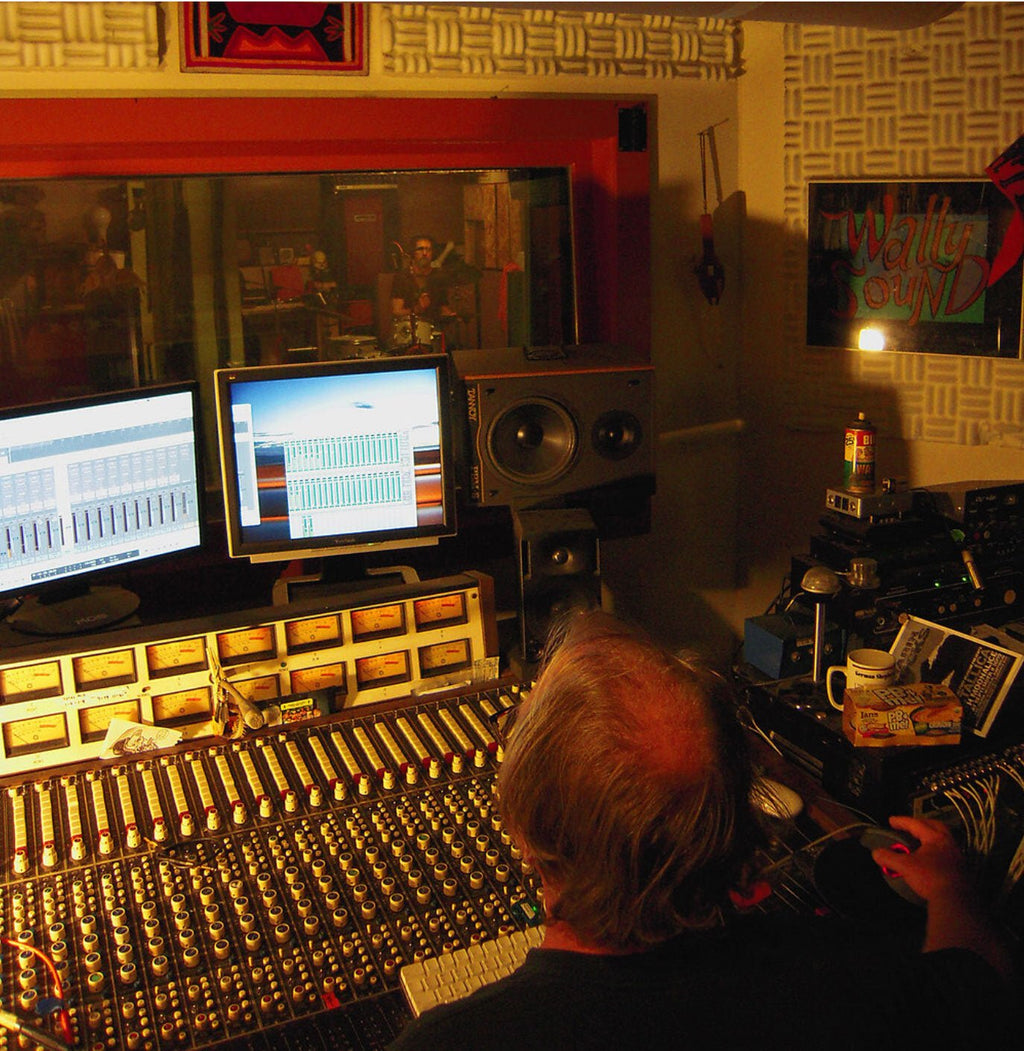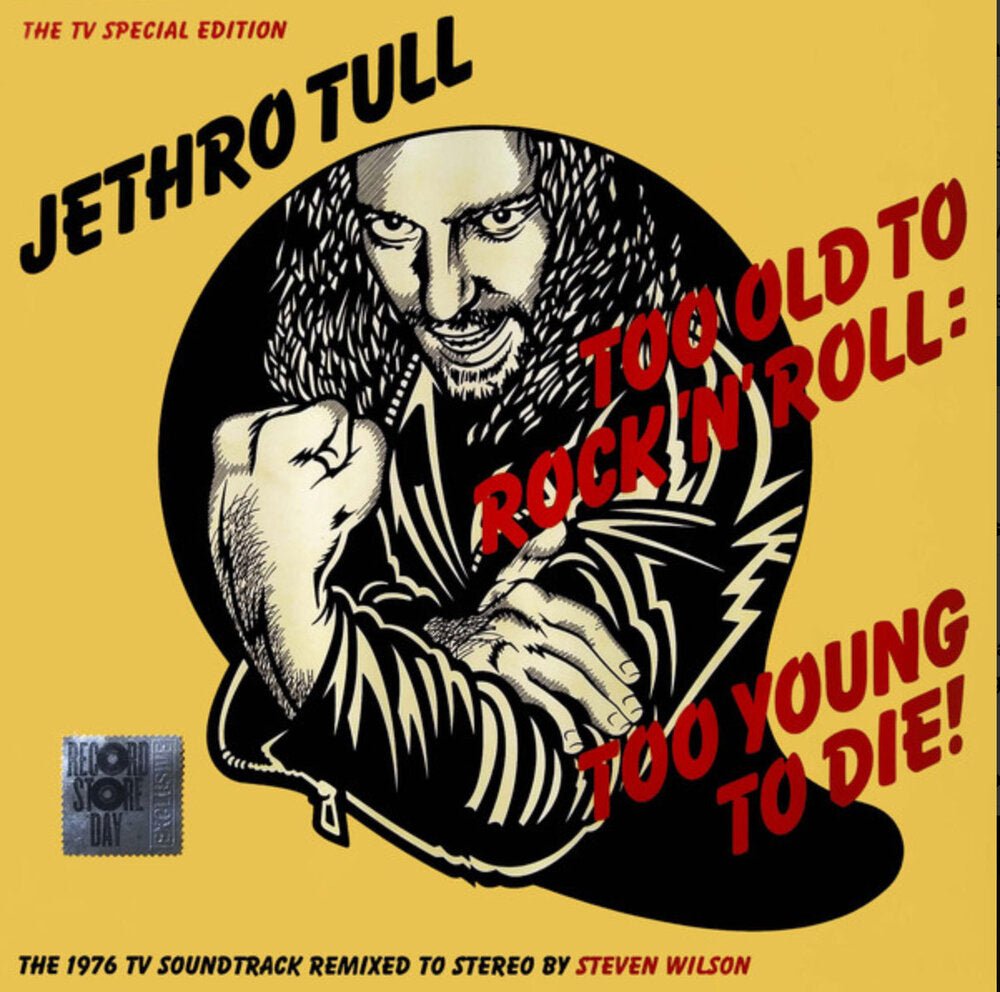Vinyl Versus CD: A Startling Reveal!
The Loudness Wars: They Really Don't Make 'Em Like They Used To
by Vanth
The Loudness Wars began around 1993. CD format was well established by then and vinyl was falling by the wayside. The recording industry decided that using the new technology to make recording levels hotter was the way to go. Louder sounds better, right?
An old trick when comparing equipment in stereo shops is for the salesman to play the stuff he'd rather sell just a bit louder than the other. A little extra volume adds clarity, and just sounds a bit better. The recording studios took note and started making their product slightly louder than the other guys. The Loudness Wars were on.
First they used up the available headroom, pushing toward 0dB, but that wasn't enough. Next was to increase compression. Make the quiet parts louder and slam the loud parts against the upper limit. If a few peaks are clipped off, that's ok. Squeeze everything until you have a wall of sound that never stops for breath, never gives a moment to relax between high points.
Personally, I never needed their help. My audio equipment comes with a feature called volume control. I already knew how to make things louder.
Think of any of your favorite artists up until the early 90's. From Elvis to Zeppelin, Streisand to Sabbath, Neil Diamond to Metallica, everything had a Dynamic Range around 12dB or 13dB, sometimes a little less, often more. That is to say, everything as it was originally mastered. Remasters are a different animal. All too often a remaster just takes the opportunity to apply lots of compression and kill the dynamic range. Louder sounds better, right? For this reason I consider most remasters to be not just a cash grab but a step back from full audio fidelity.
These days most CDs, digital downloads and streaming services are in single digit DR. Dynamic Range between 5dB and 8dB is the norm, with exceptions on both the high and low side.
So where does vinyl fit in?
Let's look at one of the biggest songs from a few years ago. Rolling In The Deep by Adele was inescapable in 2011 but thankfully wasn't too torturous, at least the first few hundred times. Let's compare the CD and the record.

Now compare that to the same track on the vinyl release.

The CD is obviously a lot louder than the vinyl, but it's not that simple. The peak level of each track is virtually equal. The loudest moment of the vinyl is at 1:54. The CD first hits its peak level at the 24 second mark and just keeps banging away at that same peak loudness almost all the way through the song.
At DR10 the range of this vinyl is nothing to brag about but it is far better than the 5 of the CD. Even modern vinyl is often more compressed than older records.
Now take a look at the last 30 seconds of the song in each format.


The CD mastering uses brickwall limiting and other processes to squash the sound to make it fit within the limits of a CD. The uneven peaks on the vinyl track sound more natural as the song reaches a big finish.
It's the same song, same take, same voice, same everything but it is obvious that it is not the same listening experience. This story is told over and over on new releases and a majority of remastered albums. Unfortunately, there is a lot of music that is only available in digital and will never have a vinyl master.
Speaking only for myself, I find extended listening to highly compressed music to be quite fatiguing. No matter how good the music is, after a while I just want to turn it down. On the other hand, when playing records, I am more likely to crank it up.
Finally, many pundits proclaim the superiority of CDs over vinyl because of the greater dynamic range (DR) of digital. That is absolutely true. 16-bit digital has a theoretical DR of 96dB. Vinyl has a practical dynamic range limit of less than 60dB. But, what good is all that CD or hi-res potential when studios make the choice to not use much of that available range? Just look at the graphs above. It's like having a Ferrari and only driving it in school zones! There is no point talking about what digital could do, only what it does.
Vinyl is less convenient, not portable, more expensive and quaint. But if you go to the care and effort to play vinyl as part of your audio diet, I have just described and shown you why it is also superior.
VP Note: I had the opportunity to meet “Vanth” when I answered an ad for records he had for sale. His collection was pretty amazing and we both happened to own the same speakers, the rare ESS, AMT 1Bs. I’ve been back to his place a couple of times and now the visit is always at least as good as the vinyl (which is also, very, very good).


 CAD
CAD USD
USD
 GBP
GBP
 EUR
EUR
 AUD
AUD
